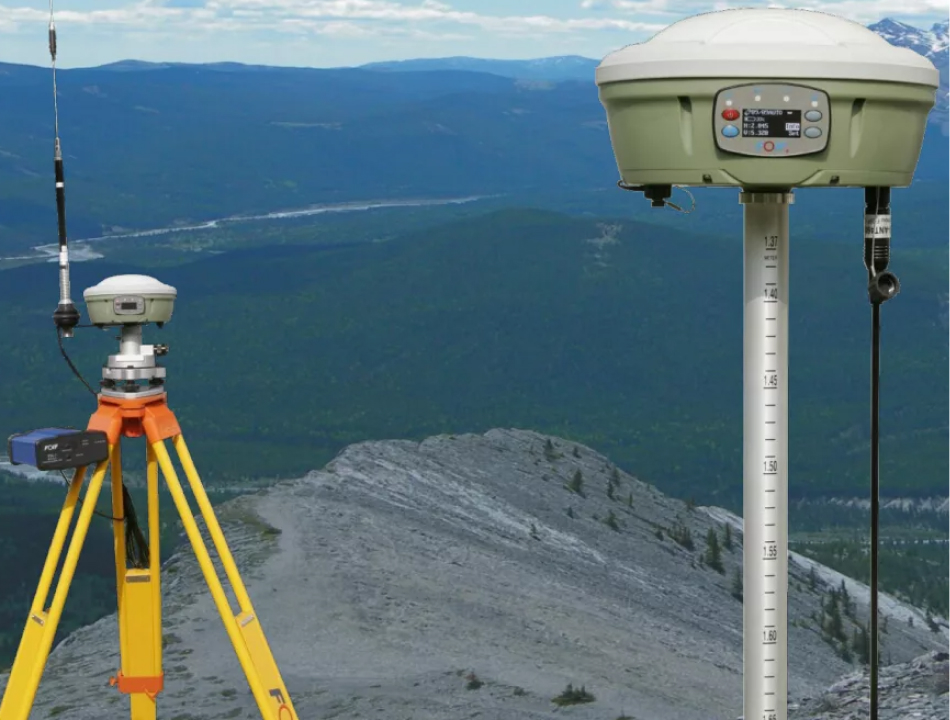Global Navigation Satellite Systems (GNSS) play a critical role in navigation, surveying, and location-based services. While these systems provide remarkable precision under ideal conditions, several environmental factors can significantly affect GNSS system accuracy. Understanding these influences is essential for engineers, surveyors, and GPS users to optimize system performance and reliability.
1. Atmospheric Conditions
The Earth’s atmosphere, particularly the ionosphere and troposphere, can introduce delays in GNSS signal propagation. The ionosphere contains charged particles that can slow down or refract satellite signals, causing positioning errors. Similarly, the troposphere, which contains water vapor and other gases, can cause signal bending and delay. These atmospheric effects are among the primary environmental factors affecting GNSS system accuracy.
1.1 Ionospheric Delays
Ionospheric delays vary with solar activity and the time of day, which makes them unpredictable. Dual-frequency GNSS receivers can mitigate these errors by comparing signals transmitted at different frequencies.
1.2 Tropospheric Delays
Tropospheric delays are influenced by local weather conditions such as temperature, pressure, and humidity. Models and correction algorithms can reduce their impact, but residual errors can still affect precise applications.
2. Multipath Effects
Multipath occurs when GNSS signals reflect off buildings, water surfaces, or other obstacles before reaching the receiver. These reflections can distort the signal and lead to inaccurate positioning. Urban environments with tall buildings or dense forests are especially prone to multipath errors. Multipath is one of the most challenging environmental factors affecting GNSS system accuracy in real-world applications.
3. Obstructions and Terrain
Physical obstructions, including mountains, trees, and man-made structures, can block or weaken GNSS signals. This phenomenon, known as signal attenuation, reduces the number of satellites a receiver can track simultaneously, directly degrading positional accuracy. High-rise buildings in urban “canyons” are notorious for causing these challenges.
4. Satellite Geometry
Although not strictly environmental, the relative positions of satellites in the sky—known as satellite geometry—can interact with environmental factors to influence GNSS accuracy. Poor satellite geometry in areas surrounded by obstacles amplifies errors caused by atmospheric delays and multipath effects.
5. Mitigation Strategies
Several techniques can reduce the impact of environmental factors affecting GNSS system accuracy:
- Augmentation Systems: Satellite-based augmentation systems (SBAS) provide real-time corrections for atmospheric and other errors.
- Antenna Placement: Installing antennas in open areas with minimal obstructions reduces multipath and signal blockage.
- Differential GNSS (DGNSS): By comparing measurements with a reference station, DGNSS can compensate for environmental distortions.
Conclusion
Environmental factors affecting GNSS system accuracy, including atmospheric conditions, multipath effects, and physical obstructions, play a significant role in the reliability of positioning and navigation services. By understanding these factors and implementing appropriate mitigation strategies, users can achieve improved GNSS performance, even in challenging environments. Awareness and proactive management of these influences are essential for accurate, dependable satellite-based navigation.

